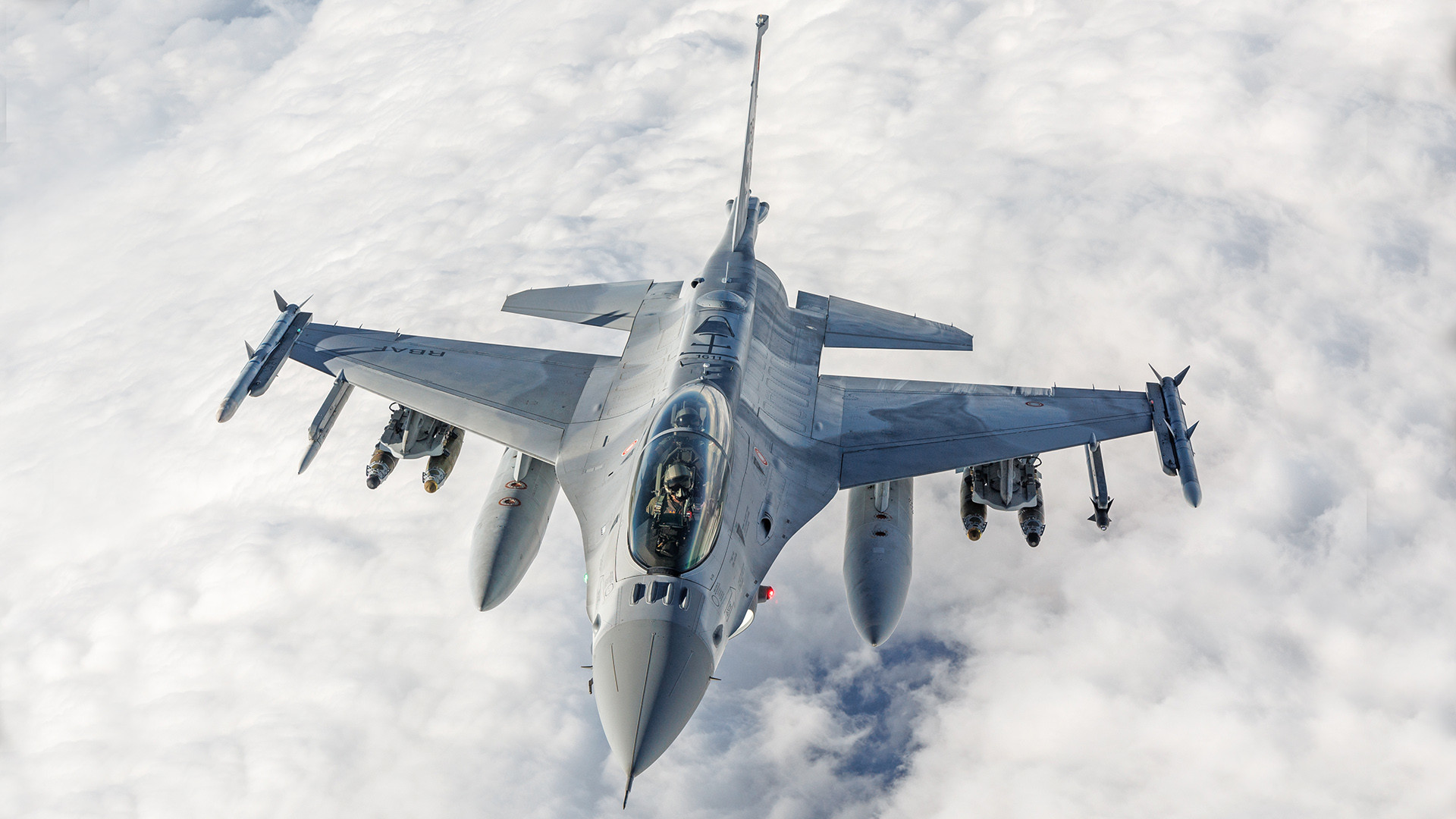A little over a month after some of the first Block 70 F-16C/D Viper fighters left the United States for their new home in Bahrain, we now have our first look at how these jets might look when armed up for an actual combat mission. The Royal Bahrani Air Force is the first operator of Block 70 Vipers and two of its jets are at Edwards Air Force Base in California where U.S. Air Force pilots have been flying them as part of an ongoing testing and evaluation work. This is a routine part of the U.S. Foreign Military Sales process.
The 412th Test Wing at Edwards released pictures earlier this week of a two-seat Bahraini Block 70 F-16D being piloted by members of the 416th Flight Test Squadron. The jet was photographed back in March while it was being refueled by a KC-135 tanker flown by a crew from the 370th Flight Test Squadron. The 416th is part of the 412th Test Wing and the squadron also serves as the core of the Airpower Foundations Combined Test Force (CTF). The 370th is an Air Force Reserve unit at Edwards that is geographically separated from its parent 413th Flight Test Group at Robbins Air Force Base in Georgia.
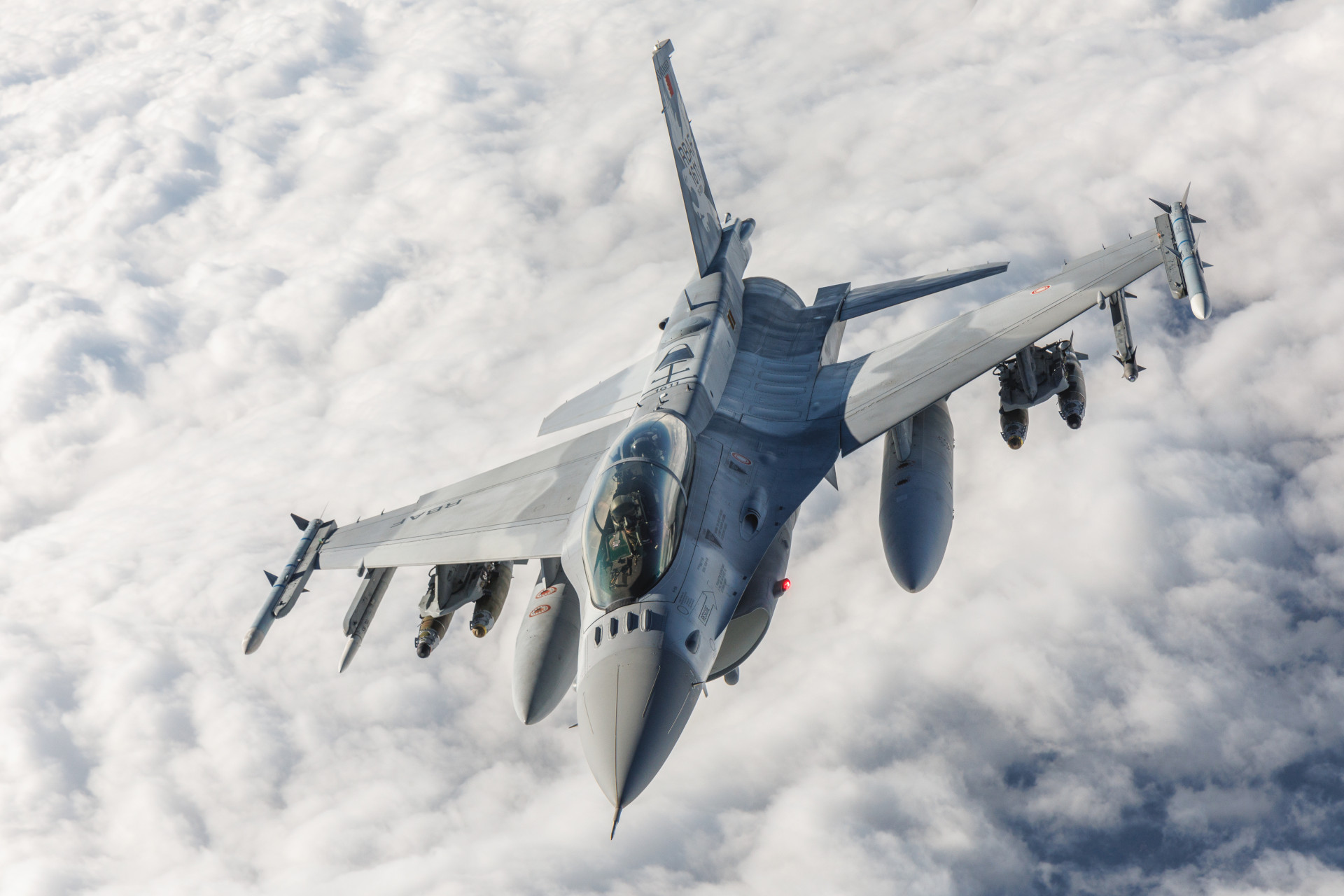
In the pictures, the Bahraini Block 70 Viper is seen loaded with a pair of AIM-120 Advanced Medium-Range Air-to-Air Missiles (AMRAAM) on its wing tips, as well as an AIM-9X Sidewinder and a test pod on its left and right outboard underwing stations, respectively. Moving inboard, there are two 500-pound-class Joint Direct Attack Munition (JDAM) precision-guided bombs on dual bomb racks and a drop tank under each wing. The JDAMs are a mix of two standard GBU-38/B types and a pair of dual-mode GBU-54/B Laser JDAMs (LJDAM). All the weapons are inert training rounds. The aircraft also has an AN/AAQ-33 Sniper Advanced Targeting Pod on the right intake “chin” station. All of the munitions look to be inert.

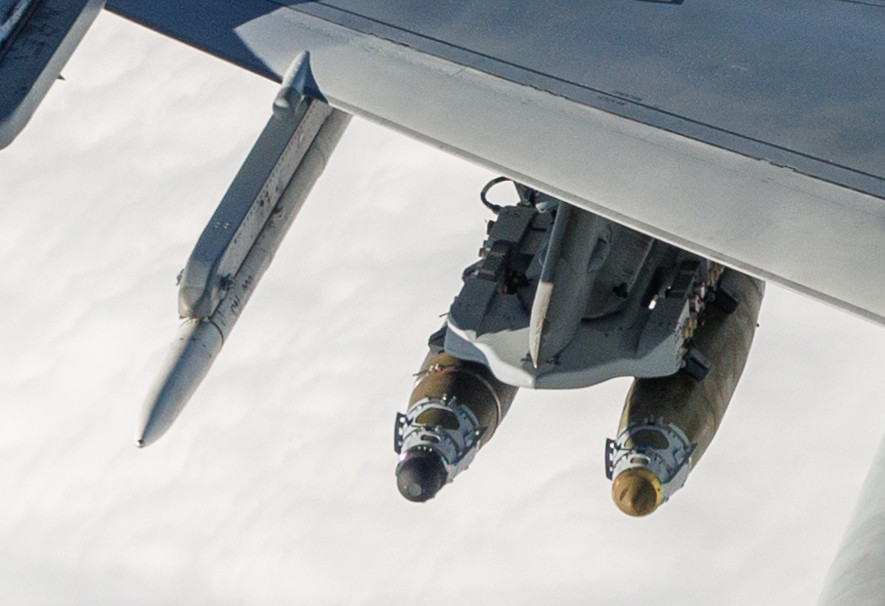
The loadout is one of many that could be seen on Bahraini Vipers during any future combat operations. In 2019, the U.S. government approved the potential sale of a slew of aerial weapons to the country to go along with these jets. This included AIM-120 AMRAAMs, AIM-9X Sidewinders, AGM-84 Harpoon anti-ship missiles, AGM-88 High-Speed Anti-Radiation Missiles (HARM), AGM-154 Joint Stand-off Weapon (JSOW) glide bombs, 250-pound-class GBU-39/B Small Diameter Bombs (SDB), and a wide variety of 500 and 2,000-pound class JDAM-series (including LJDAMs) and Paveway-series precision-guided bombs.
Regardless of what loadouts they might fly with, the Block 70 F-16C/Ds will provide a significant boost to the Royal Bahrani Air Force’s capabilities. Bahrain was the first Gulf State to operate F-16s of any kind, but its new Vipers are far more capable than the Block 40 versions it acquired in the 1990s. The most significant new feature found on Block 70 jets is the AN/APG-83 SABR active electronically scanned array (AESA) radar. The latest-generation Vipers, with their 12,000-hour airframe life, also come with a host of other major upgrades over older F-16s, such as cockpits with wide-panel digital displays, conformal fuel tanks, improved mission computers that give the jets a new ‘digital backbone,” and more, as you can read about in detail here.
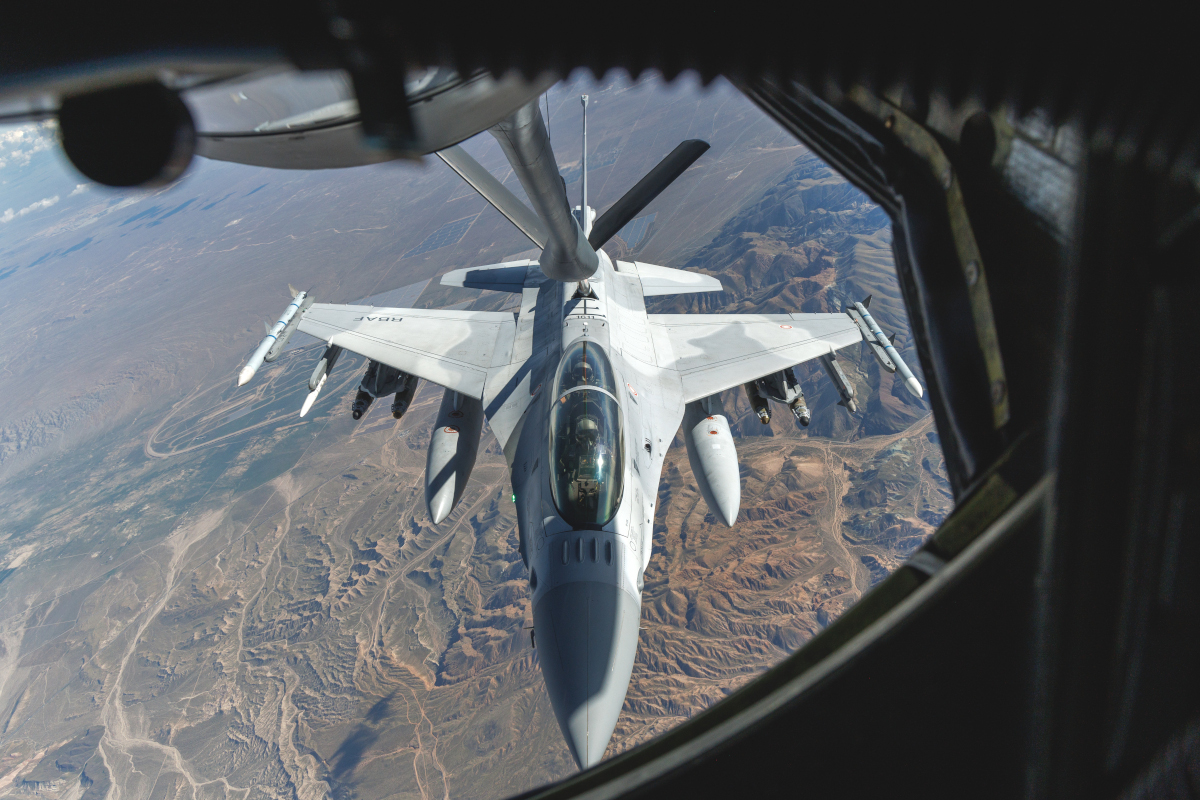
Bahrain’s two Block 70 F-16s at Edwards are set to undergo more testing and evaluation before heading to the Gulf.
“The 416th Flight Test Squadron’s rigorous evaluation of the F-16 Block 70 jets ensures that these aircraft meet the highest standards of performance and safety, which is crucial for the operational success of Bahrain’s air defense forces,” a spokesperson for the 412th Test Wing told The War Zone in a statement. “F-16 Foreign Military Sales test and evaluation, completed by the Airpower Foundations CTF, ensures that we as a nation meet commitments made to our allies to deliver reliable, combat-effective systems.”
“The Airpower Foundations CTF delivers relevant capabilities to our allied warfighters against the current threat environment through F-16 Foreign Military Sales test and evaluation, strengthening strategic partnerships and front-line deterrence,” they added.
U.S. military flight testing of aircraft bound for other countries is a long-established part of the Foreign Military Sales process. In this instance, since Bahrain is the first anywhere in the world to get Block 70 F-16C/Ds, this also serves as an opportunity to do a variety of other testing and evaluation on the type in general.
The Royal Bahrani Air Force has also taken delivery of three Block 70 F-16C/Ds, which arrived at Isa Air Base in the country in March. Another 11 examples for Bahrain are currently in various stages of production at Lockheed Martin’s plant in Greenville, South Carolina.
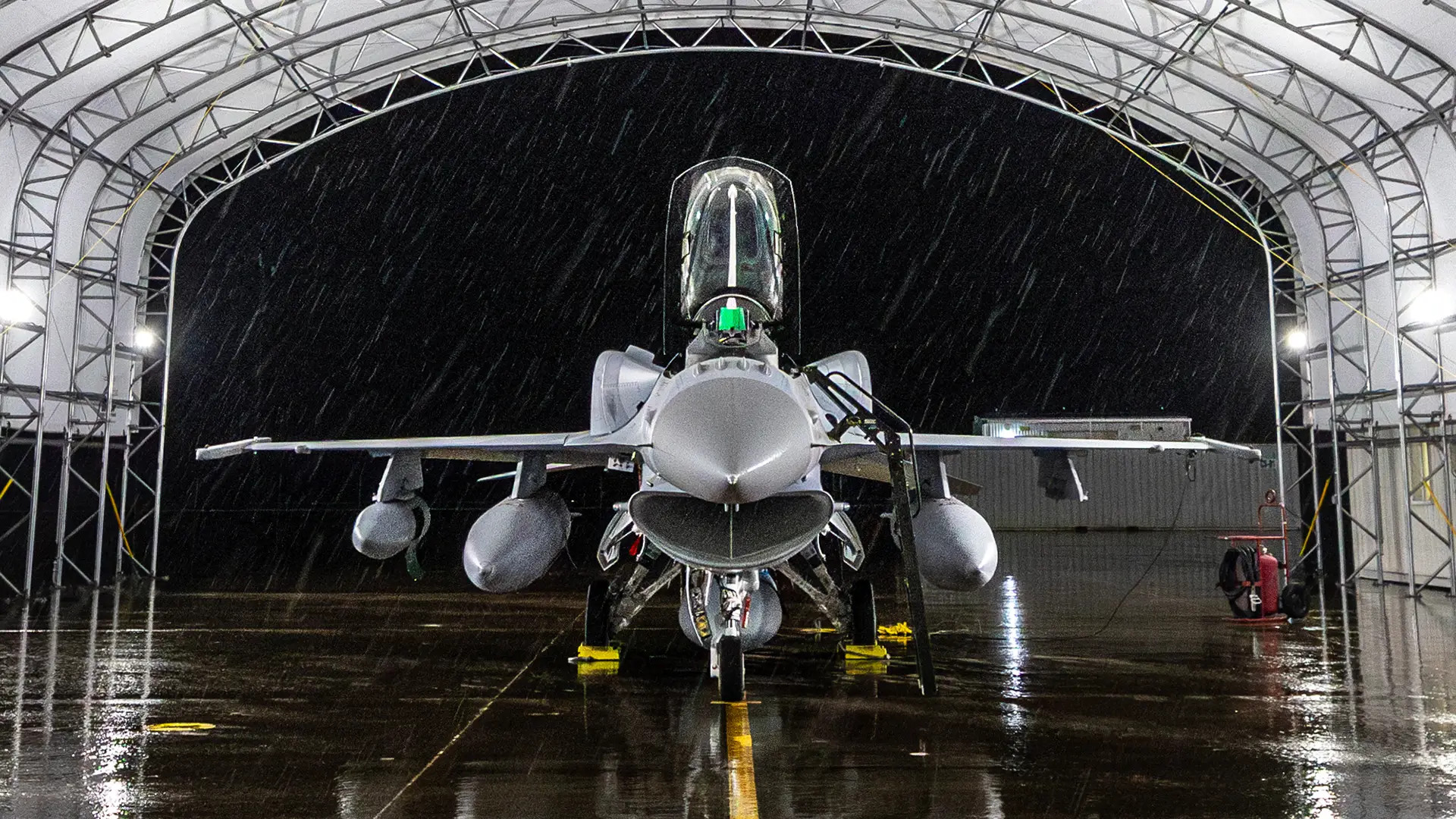
There has been a surge in demand in recent years for new F-16s. As of March, Lockheed Martin’s order books included 133 new-production Vipers spread between six countries and the company expects to deliver 20 this year, including the Bahraini jets.
The F-16’s overall future seems very bright and new Block 70 variants are set to be an increasingly common sight around the world, potentially with loadouts similar to the one we’ve now seen, in service with countries beyond just Bahrain.
Contact the author: joe@twz.com
